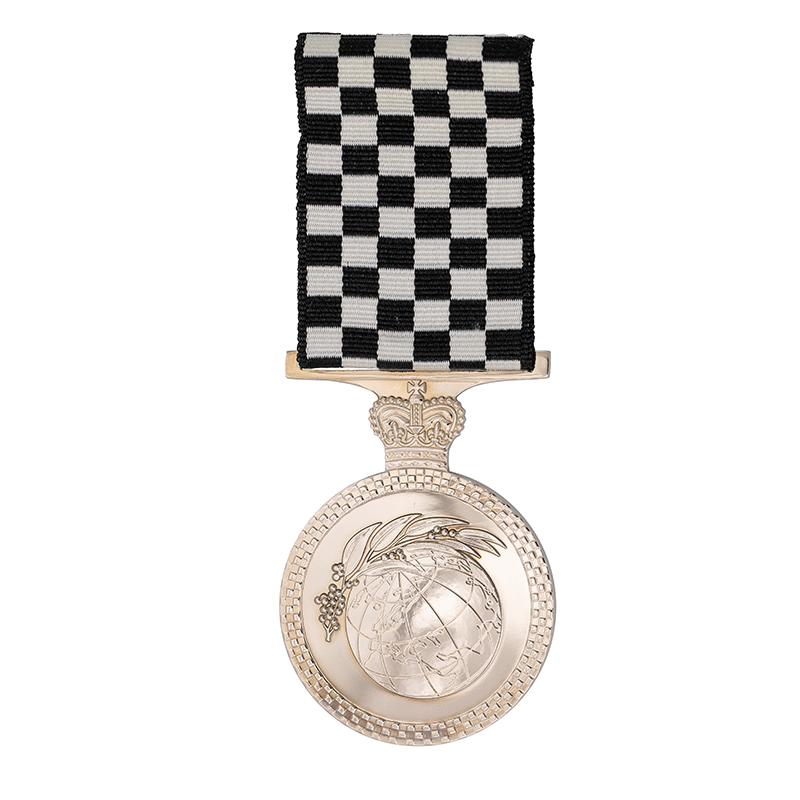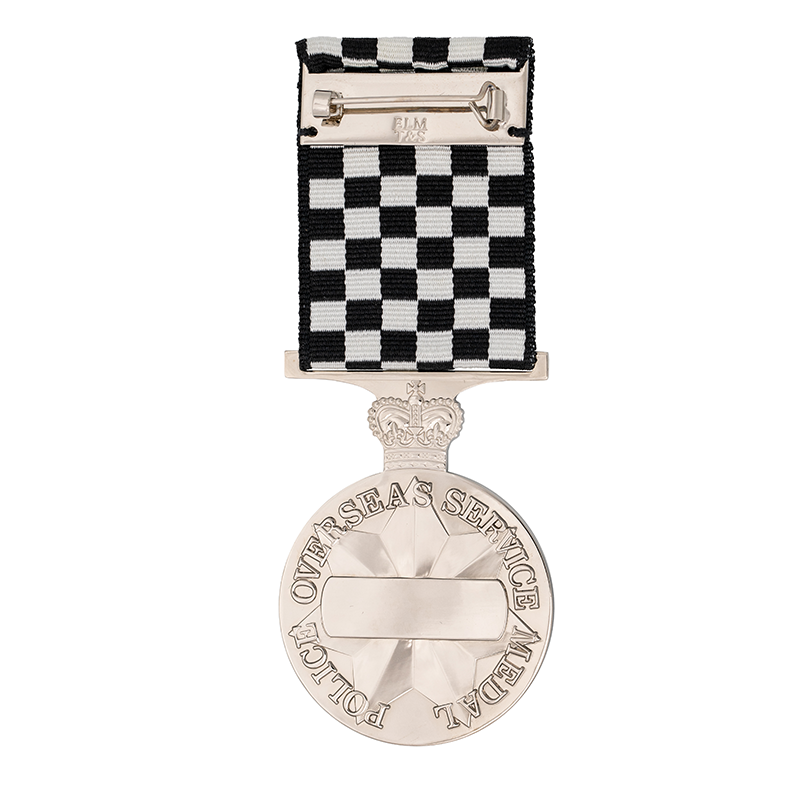The Police Overseas Service Medal complements the Australian Service Medal, which is awarded to members of the Australian Defence Force, and the Humanitarian Overseas Service Medal.


How it is awarded
The Governor-General awards the medal on the recommendation of the Australian Federal Police Commissioner.
The medal is awarded with a clasp, which features the area of prescribed service. Additional awards to the same person are in the form of another clasp with the area of service inscribed.
There are no post-nominal entitlements.
More information about the Police Overseas Service Medal is available on the Australian Federal Police website.
History
Australian police forces have been involved in overseas peace-keeping since 1964. At this time, 40 police were sent to Cyprus to help maintain peace after independence was declared.
In 1991, the overseas peace-keeping role of police officers was formally acknowledged with the introduction of the Police Overseas Service Medal.
The medal is awarded with a clasp, which details the area of service.
The Police Overseas Service Medal was established on 25 April 1991 by Letters Patent. The Letters Patent, regulations and declared clasps are listed on the Governor-General’s website.
Medal design
The Police Overseas Service Medal features a globe of the world surmounted by a branch of wattle, which is Australia's national floral emblem. The rim of the medal is a chequerboard pattern, which symbolises police forces across the world.
The circular, nickel-silver medal is ensigned with the Crown of St Edward.
The back of the medal displays a Federation Star. The words 'Police Overseas Service Medal' are inscribed around the rim.
Medal ribbon
The 32-millimetre-wide ribbon consists of alternating squares of black and white in the chequerboard pattern commonly representative of police services.
